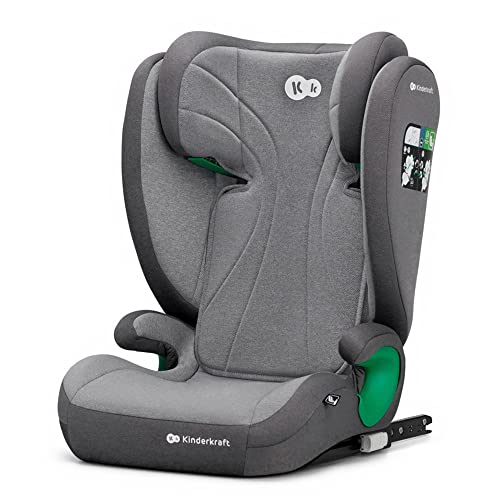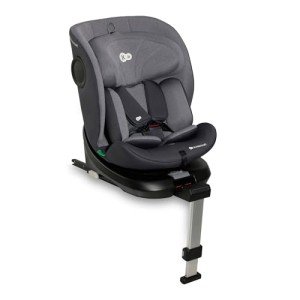How To Find The Perfect Pram Vs Pushchair On The Internet
페이지 정보

본문

Pram vs. Pushchair: Understanding the Key Differences
When it comes to transporting infants and children, parents often discover themselves overwhelmed by the various options readily available. Among these alternatives, prams and pushchairs are 2 of the most typical kinds of baby transport. While the terms are frequently used interchangeably, each has unique features and advantages that accommodate diverse parenting needs. In this short article, we will explore the basic differences in between prams and pushchairs, helping moms and dads make notified decisions about which is best matched for their household.
What is a Pram?
A pram, or perambulator, is a kind of baby carriage designed primarily for newborns and babies. top prams generally include a totally flat lying position, which is vital for newborns who need to lie flat for spinal advancement. The majority of prams come equipped with a deep, enclosed body that provides a cozy and safe and secure environment for the baby, frequently with additional features such as hoods or covers to shield them from the elements.
Secret Characteristics of Prams:
- Flat Lying Position: Supports healthy back advancement in newborns.
- Enclosed Design: Protects the baby from wind and sunshine.
- Standard Aesthetic: Often made from materials like wicker or material, offering a timeless look.
- Weight and Bulkiness: Generally much heavier and bulkier than pushchairs.
What is a Pushchair?
A pushchair, also called a stroller or buggy, is developed for older infants and toddlers who can sit up unassisted. Pushchairs enable multiple seating positions, including reclining choices for naptime. They are typically lighter and more nimble than prams, enabling moms and dads to navigate hectic areas with ease. Lots of pushchairs include adjustable handles, storage compartments, and can typically be folded for practical transport.
Key Characteristics of Pushchairs:
- Seating Position: Designed for kids who can sit up, with different reclining positions.
- Lightweight and Compact: Easier to maneuver and transportation.
- Adaptability: Many models are convertibles or can accommodate automobile seats.
- Storage Features: Often include baskets for carrying diaper bags, toys, and so on.
Key Differences Between Prams and Pushchairs
Below is a comparative table highlighting the crucial distinctions in between prams and pushchairs.
| Function | Pram | Pushchair |
|---|---|---|
| Target Age | Newborns to 6 months (flat position needed) | 6 months to young child age (sitting unassisted) |
| Design | Confined, standard design | Open, contemporary style |
| Weight | Much heavier, bulkier | Lighter, more compact |
| Seating Options | Flat only | Multiple positions consisting of reclining |
| Manoeuvrability | Less maneuverable due to weight | Extremely maneuverable |
| Storage Space | Restricted | Generous below baskets |
Selecting Between a Pram and a Pushchair
Factor to consider Factors:
- Age of the Child: Choose a pram for newborns and a pushchair for older babies and toddlers.
- Planned Use: If you plan to do a lot of walking or browsing city streets, think about a design that fits your way of life.
- Area: Assess the readily available storage in your home or vehicle and how compactly a model can fold.
- Budget plan: Consider the price variety, as prams and pushchairs can vary commonly in cost.
- Functions: Look for extra functions that might be beneficial for your day-to-day life, such as cup holders, canopies, or easy folding mechanisms.
Advantages and Disadvantages
Benefits of Prams
- Ideal for Newborns: Encourages healthy spinal column advancement.
- Comfy Space: Provides a comfortable environment for infants.
Disadvantages of Prams
- Weight: Heavier and bulkier, making them less useful for daily use.
- Limited Use Time: Generally useful only for the very first 6 months.
Benefits of Pushchairs
- Flexibility: Suitable for longer durations as the kid grows.
- Lightweight Design: Easier to bring and maneuver.
Disadvantages of Pushchairs
- Not Suitable for Newborns: Requires the child to be able to sit up unassisted.
- Less Protective: Generally more exposed than a pram.
Often Asked Questions (FAQs)
1. Can I use a pushchair for a newborn?
Many pushchairs are not designed for newborns; nevertheless, many models come with baby car seat adapters. Some pushchairs best use a completely reclining seat option that may be suitable for babies, however make sure the manufacturer verifies it's safe.
2. Which is better for travel?
Pushchairs are normally preferred for travel due to their lightweight and compact nature. They can frequently be folded easily for transportation on public transportation and fit more easily in vehicle trunks.
3. For how long can I use a pram?
Prams are typically appropriate for babies until they reach around 6 months of age or when they can support themselves in a seated position.
4. Exist hybrid models available?
Yes, lots of makers produce hybrid models that can be converted from a pram to a pushchair depending on the kid's development phase.

5. What should I search for when buying a pram or pushchair?
When buying, consider safety features, ease of usage, toughness, weight, and storage. It's likewise a good idea to check different models for comfort before making a choice.
Picking between a pram and a pushchair eventually depends on the age of your child and your way of life preferences. Comprehending their distinctions helps parents make informed choices that deal with their household's needs. Moms and dads can delight in the journey of being a parent by ensuring that their kid's convenience and safety are always focused on, while also considering their own convenience and design.
- 이전글What's The Job Market For Bunk Bed Near Me Professionals Like? 25.09.22
- 다음글How To Identify The Right Licensed Car Key Repair For You 25.09.22
댓글목록
등록된 댓글이 없습니다.

